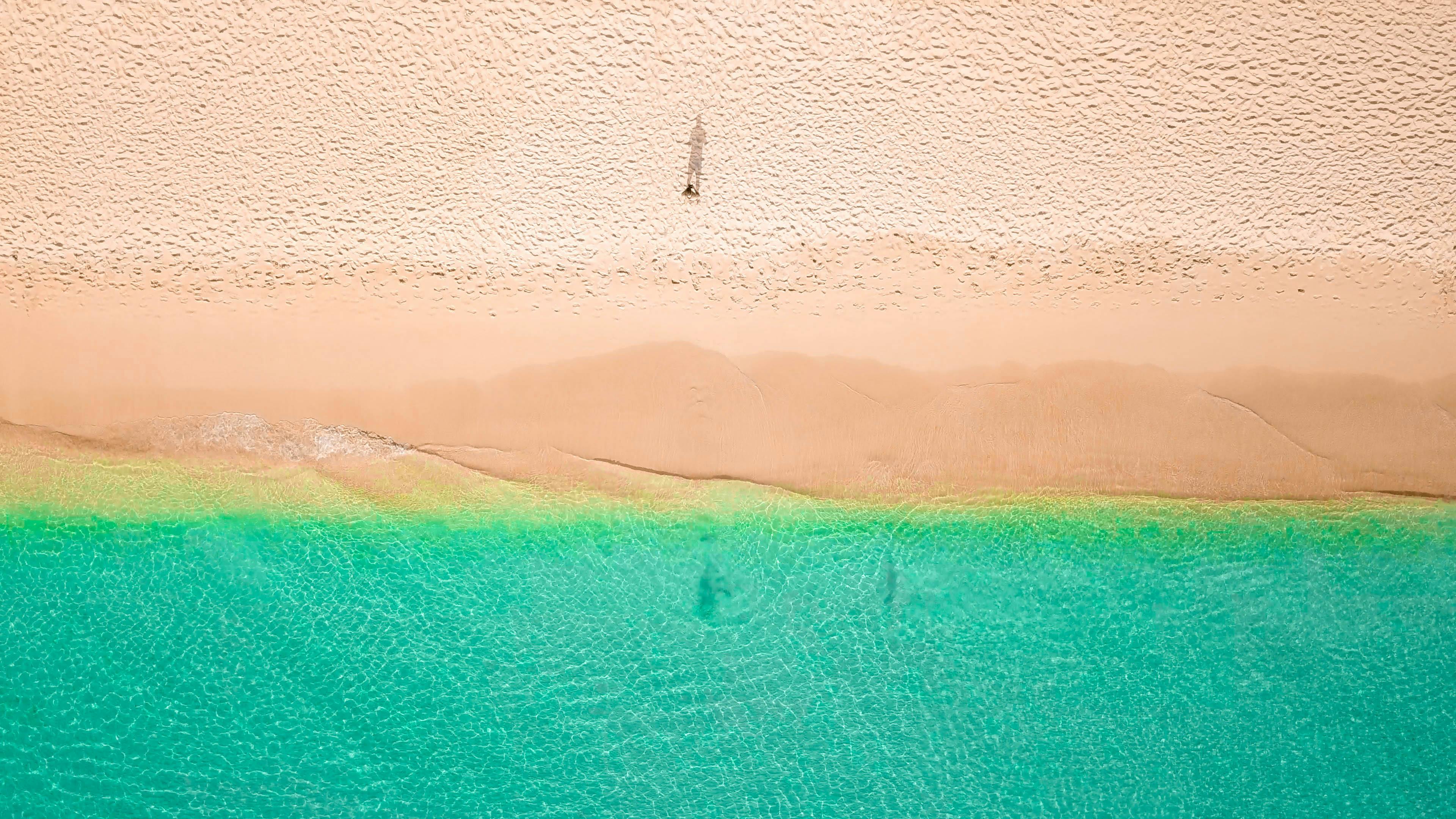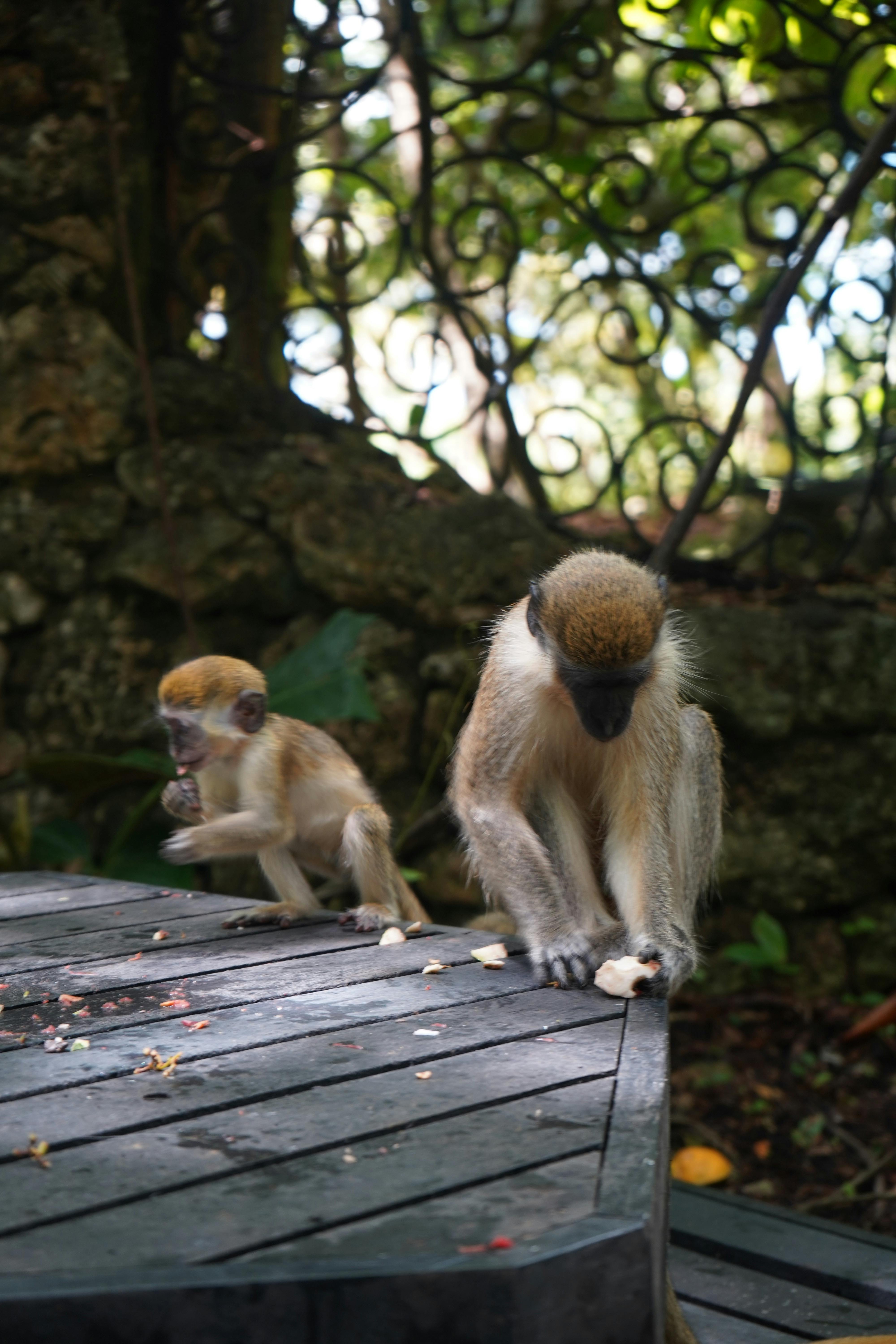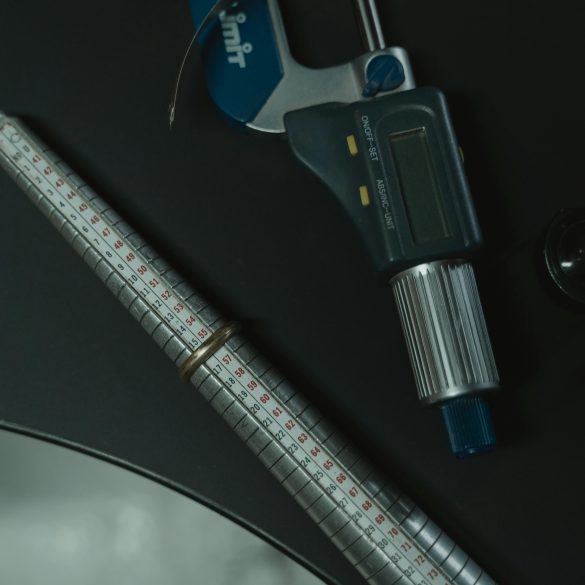Barbados Travel Made Simple: Safe, Budget Island Planning Steps
Ever stood at your screen, staring at photos of sugar-white beaches and wondered, “Can I really make this dream happen without emptying my bank account—or getting in over my head as a first-time traveler?” Not long ago, that was precisely me. I’d always imagined the Caribbean as the stuff of glossy postcards and all-inclusive resorts, maybe a bit daunting for first-timers—especially if, like me, you’re keen on real adventure but prefer a bit of structure (and safety net) along the way. Add a limited budget into the mix, and suddenly trip-planning feels like a puzzle with missing pieces.
What struck me when I started researching Barbados wasn’t just how stunning it is (trust me, the colors really are that vivid). It was that—contrary to every cliché about exclusive luxury—there are proven, simple steps to make Barbados both safe and affordable for new travelers. But, funnily enough, most first-timer guides either overcomplicate things or skate past genuine concerns: “Is the tap water safe? Can I get around cheaply? Will I offend anyone if I wear shorts everywhere?” Let’s clear the fog.
Why Barbados? A First-Timer’s Dream
Let me be blunt: not all Caribbean islands are created equal when it comes to safety, accessibility, and cost-friendliness for new international travelers. Barbados is—genuinely—a bit of an outlier in all the right ways. For one, the tap water is not just safe to drink, it tastes great. The public transport? Colorful, reliable (even if a bit, well, lively; more on that soon), and connects all the key spots for a few Barbadian dollars. The local English is breezy—crucial if you hate struggling with a phrasebook at dinner. And, in my experience, first-time visitors are often met with an easy smile and a helpful nudge (“Wanna know where the best fish cutters are?”).
Barbados Safety 101: Myths vs. Reality
If you’re anything like me, safety’s at the core of your trip planning. Here’s what I’ve learned: while every travel destination (even your hometown) requires basic precautions, Barbados has a proven track record of welcoming tourists safely. Petty theft can happen if you leave valuables at the beach, sure. But violent incidents involving tourists are, statistically, quite rare—a fact consistently supported by UK, US, and Canadian government travel advisories.2
- Stick to well-lit, populated areas at night (especially in Bridgetown and St. Lawrence Gap)
- Use only licensed taxis—look for the “Z” plates
- Don’t flash valuables, especially at the beach or on public transport
- Talk to locals; they’re often your best source for up-to-date safety shortcuts
Funny story: The first time I took a yellow reggae bus across the island by myself, I was a ball of nerves. But—within three stops—I found myself laughing alongside local schoolkids and ending up at a street food stall I’d never have found on my own. It wasn’t just cheaper than a taxi, it was safer than I’d expected, precisely because I blended in, asked for help, and avoided looking lost.
Easy Steps to Define Your Budget
One problem I kept running into: most “budget guides” expect you to either rough it hostel-style or drop $300 a night on a hotel. Actual first-timer travelers? We want comfort, safety, something real—but not a financial gut punch. Here’s how I broke down my first trip (and how I’d suggest you approach it):
- Flights: Look for off-season deals (usually May-November); set Google Flight or Skyscanner alerts
- Accommodation: Mix simple guesthouses, small hotels, or vetted short-term rentals—most are safe when booked through reputable platforms
- Transport: Budget for $1.75-2.00 BBD for reggae buses/almost all routes island-wide
- Food: Plan for breakfasts at your stay, local food stands for lunch ($3-7 USD), and 1-2 splurges on seafood dinners
| Categoría | Cost/Day | Cost/Week | Notas |
|---|---|---|---|
| Vuelo | – | $250-650 | Off-peak, advance booking |
| Alojamiento | $35-80 | $245-560 | Guesthouse/Airbnb/Small hotel |
| Transporte | $5 | $35 | Public buses/taxis as needed |
| Meals | $12-20 | $84-140 | Local eats + 2 restaurant nights |
| Total (excl. flight) | $364-735 |
The first time I ran these numbers, I actually gasped—a week in paradise for less than $1,000 (inclusive of flights)?! Turns out, with a little prep and insider know-how, Barbados doesn’t have to be a luxury-only destination.
Best Time to Visit: Weather, Festivals, and Cost Hacks
Let’s revisit a mistake I made my first time: I booked in March, thinking “Dry season = best weather.” But I didn’t realize March is also the height of tourist season—prices spike, and even guesthouses book out fast. Here’s the simple truth: Barbados has steady, warm weather year-round (mid-to-high 80s °F)—but the best budget window is May through early November, aka “green season.” You’ll find scattered afternoon showers, but the savings are worth it—plus, the countryside is lush, and you can hit lively festivals (Crop Over in August is a true local spectacle).
But what about hurricanes? Great question. Barbados generally sits just below the hurricane belt—meaning, while no Caribbean island is technically risk-free, statistically, Barbados takes less direct hits than places like the Bahamas or Jamaica.3 Still, I always recommend travel insurance. Trust me: it’s pocket change for peace of mind, and if you book during off-peak, you’ll often save enough to cover the whole policy.
- May-June: Lowest airfares, steady weather, quiet beaches
- July-August: Crop Over Festival—energy is high but book early for better rates
- September-early November: Best for budget and crowd-avoiders
Oh, and here’s a little tip most guides ignore: Barbadian school holidays can make certain beaches and attractions busier, especially with local families (often mid-July and December). If peace and quiet is your vibe, cross-check your travel dates.
Where to Stay (and Save): Island Accommodation Demystified
If you’re picturing $400-per-night resorts, you aren’t alone. My personal favorite trick for Barbados? Mix it up. Spend a few nights at a cozy guesthouse on the South Coast near Oistins (think: friendly hosts, easy beach access, and the sound of Friday fish-fry music drifting through your window). Then, if you crave a splurge, book one night at a boutique hotel on the quieter West Coast for sunset luxury.
- Guesthouses and apartments (many run by families, often breakfast included)
- Small local hotels (safe, centrally located, usually $40-90/night depending on season)
- Short-term rentals (use Airbnb or registered local providers)
I’ll be honest: my most memorable nights were spent chatting with local hosts over coffee in a simple apartment rather than lounging in a five-star lobby. But, hey, if you can swing a night at Sandals or a luxury West Coast hideaway, nothing wrong with treating yourself—just do it for one night, not seven, and pocket the difference.
Getting Around Safely & Cheaply
A lot of new travelers fixate on hiring a rental car—understandably! In the US or Europe, public transport rarely feels like the answer. But in Barbados, local buses and minibuses are a revelation. For less than $2 USD, you can cross the length of the island on vividly painted “reggae buses”—sometimes with pounding soca tunes, always with lively drivers (watch out: exact change preferred—otherwise, expect change in coins and a laugh).
- Buses & Minibuses: Connect all beaches, towns, and main attractions with affordable frequency
- Licensed Taxis: Good for late nights; agree on fare before getting in (no meters)
- Zed-R” Route Taxis: Shared minivans (marked with ‘ZR’) serving busy island corridors, perfect for short hops
- Walking & Bikes: South Coast boardwalk is stunning and safe at all hours; some hotels/dives offer bike rentals
One caveat—a mistake I made myself—was assuming Google Maps would always be up to date with local routes. It’s not. Ask for a free paper map at the airport or your guesthouse; locals love giving route advice, and I found myself swapping stories with morning commuters more than once.
Here’s what I get asked a lot: “Is it okay to drive?” Short answer: You can, but mind the narrow roads, left-side driving, and locals known for quick turns. Unless you’re planning a ton of out-of-the-way travel—or want to hit every remote rum shop—it’s easier, cheaper (and frankly, more fun) to do as Bajans do: bus, walk, and ask for directions.
Affordable, Authentic Adventures & Must-Dos
The magic of Barbados isn’t only found at the resorts—and the best adventures cost much less (sometimes nothing at all). Here’s my honest shortlist for first-time, budget-savvy travelers:
- Hunt for flying fish sandwiches at Oistins Fish Fry (Fridays: eat, dance, blend in—no fancy dress required)
- Take the public bus to Bathsheba for epic surfers and wild Atlantic waves; pack a picnic for dramatic cliff views
- Stroll the South Coast Boardwalk at sunrise or sunset (all free, uncrowded, and full of local joggers to make you feel right at home)
- Tour rum distilleries: Mount Gay offers affordable tastings and stories; some tours include a bus transfer for convenience
- Explore Harrison’s Cave (budget-friendly group tours available, or DIY via bus and public access)
Most museums and gardens offer discounts for students or young travelers with ID, and nearly every beach is public and open sunrise till dusk.
I still crave the banana bread I picked up for less than $2 USD—proof you don’t need to chase fine dining to eat well on the island.

Essential Local Etiquette & Packing Tips
Here’s where I often see first-timers—myself totally included, on my initial trip—get tripped up. Barbadians (or Bajans) have a relaxed yet polite culture: a cheerful “good morning” opens most conversations, even brief ones with strangers on a bus. Being overly familiar too quickly, or skipping basic greetings in shops and taxis, can come across as abrupt. It’s not just about manners—it sets the tone for helpful, friendly interactions (and, sometimes, actual travel tips you don’t find online).
- Do: Greet people, especially older adults, with “good morning” or “good afternoon”
- Do: Dress a little more modestly in towns and markets than you might at the beach
- Do: Ask before taking photos of people or private homes
- Don’t: Wear swimsuits away from beaches
- Don’t: Expect everything to run on a tight schedule; “Bajan time” is chill for a reason
I remember vividly struggling to find sunscreen—some shops stock it, but at a premium—so here’s my hard-won advice. If there’s one thing to bring from home (next to chargers and a sturdy water bottle), make it reef-safe sunscreen; local prices are often double those in the US or Europe, and sustainability matters here.
- Light, quick-drying clothing (humidity is real!)
- Reusable water bottle (tap is safe, goes a long way on a budget)
- Light rain jacket (brief downpours are common, especially May-November)
- Reef-safe sunscreen & sunglasses
- Photocopy of passport and travel insurance policy (just in case)
The more I travel, the more I’m convinced that a solid packing strategy means less “wish I’d known” stress on the ground—especially in an island nation where simple things (like adapters or phone chargers) can be pricey or hard to replace at short notice.
Food, Water, and Health Basics
Let’s be clear: Most first-timers are (rightly) concerned about food and water safety in new destinations. Barbados stands apart here. Tap water is not only drinkable but held up as a source of national pride, regulated and regularly tested.7 As for food, local food vendors and markets are bright, clean, and proud of their reputation. If in doubt, eat where you see a crowd.
- Best cheap eats: Oistins Fish Market, Cheapside Market, and roadside roti shops—fresh, filling, and safe eats beloved by all ages
- Health tip: Mosquitoes are present; use repellent, but major tropical diseases are not endemic
- Travel insurance: A must for medical peace of mind; local clinics and hospitals are modern and tourist-friendly, but travel insurance avoids surprises
Of course, if you have major allergies or dietary needs, inform your guesthouse or hotel in advance—Bajan kitchens are happy to accommodate (within reason).
Common Health Concerns (And Why They’re Rare in Barbados)
| Concern | Actual Risk | Precaution | Notas |
|---|---|---|---|
| Tap Water Safety | Exceptionally Low | Drink confidently; refill bottles | WHO certified as potable |
| Mosquito-Borne Illness | Low, but present | Use repellent dawn/dusk | No malaria, rare dengue outbreaks |
| Street Food Safety | Bajo | Eat where locals cluster | Most stalls are regulated |
| Healthcare Access | Alto | Carry insurance, ID | Quality clinics, 24/7 pharmacies |
Digital Tips: Wi-Fi, SIM Cards, and Staying Connected
These days, reliable connectivity can make (or break) first-time travel confidence. Here’s what actually works: Most hotels, cafes, and even buses offer free Wi-Fi. If you want full coverage, buy a prepaid local SIM from Flow or Digicel at the airport—you’ll find plans for under $20 USD. Keep your home phone on airplane mode to dodge roaming charges.
- Download WhatsApp, which is standard for calls/texts across the island
- Google Maps works for main roads, but get a paper map for bus routes and hiking trails
- Check if your guesthouse/hotel has backup Wi-Fi—occasional weather outages do occur (though rare and brief)
Looking back, my only regret? Not grabbing a physical SIM on arrival; free Wi-Fi is solid for planning, but if you’re using ride-share apps or finding rural beaches, that $20 is worth every cent.
Key FAQs for Barbados First-Timers
- Is Barbados safe for solo travelers and women?
Yes. Violent crime is rare, and the culture is supportive. Basic precautions—avoid deserted beaches after dark, use licensed taxis—apply as anywhere, but first-time solo travelers (including women) consistently report positive experiences.8 - Can I use US dollars, or do I need Barbadian currency?
US dollars are widely accepted at a fixed rate, but you’ll get better deals (and less confusion) with Barbadian dollars. ATMs are plentiful in main towns. - What about electricity—will my phone/laptop work?
Barbados uses 115V, 50Hz, plug types A & B (same as US/Canada). UK/EU travelers need an adapter. - Are there eco-friendly options for tours and activities?
Yes. Several local tour operators are Green Globe certified; ask about reef-friendly and low-impact excursions at your hotel or guesthouse.9
Expert Tips for Staying Safe, Savvy, and Social
- Download both digital and paper maps; cell coverage isn’t universal on remote east coast roads.
- Swap numbers with your host or a trusted local contact. (They’re a lifeline for everything from lost keys to festival directions.)
- Mind the sun—use SPF 30+, hydrate often, and take shade breaks, especially if you’re not used to equatorial climates.
- Secure valuables in your room’s safe or with your host; don’t leave phones/cash unattended on beaches, even for a minute.
- Ask about local events on arrival—pop-up music nights, food festivals, and sporting matches are where Bajans shine (and where you get the most authentic experience).
Final Step: Your Barbados Adventure Checklist
- Set fare alerts and choose off-peak travel dates
- Book safe, vetted accommodation—mix guesthouses with 1-2 nights of “treat yourself” comfort
- Plan to explore via buses, not just taxis—more stories, huge savings
- Pack light, with essentials for both rain and sun
- Bring cash (small denominations) for markets, but don’t carry your whole stash at once
- Message your host for local events and safety tips as soon as you land
Summary: Barbados Is for Beginners (and Beyond)
On second thought, maybe it’s not just for beginners—I’ve been back twice and still find new sides of this island. What stands out most: it’s the blend of ease and authenticity. You can dip your toes into Caribbean adventure without breaking the bank or feeling like a lost tourist. Planning is simple, safety is real, and every local “good morning” is a reminder you’re genuinely welcome here.
Ready to turn Instagram dreams into real island memories? The steps are here, safety’s a given, and the secret ingredient is just… saying yes. And maybe planning for a second trip—trust me!
Referencias



